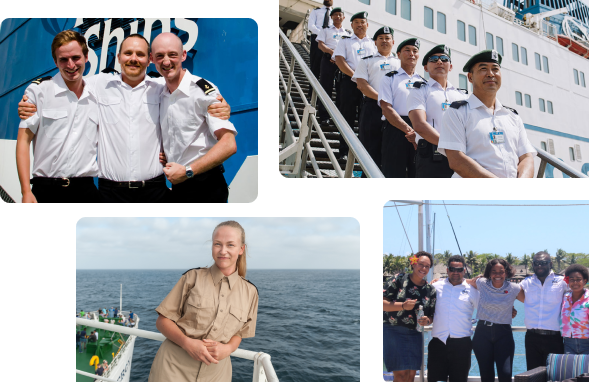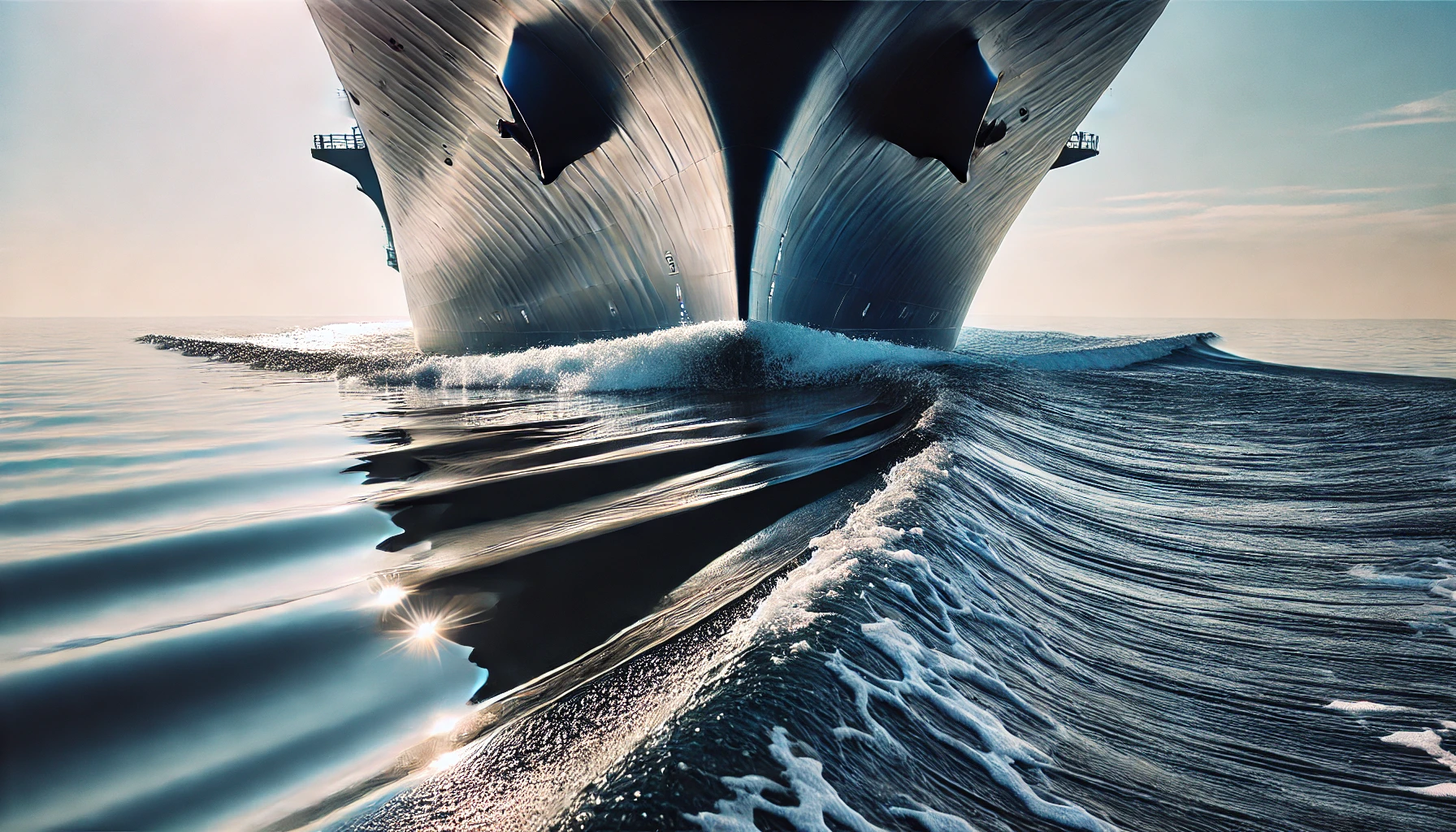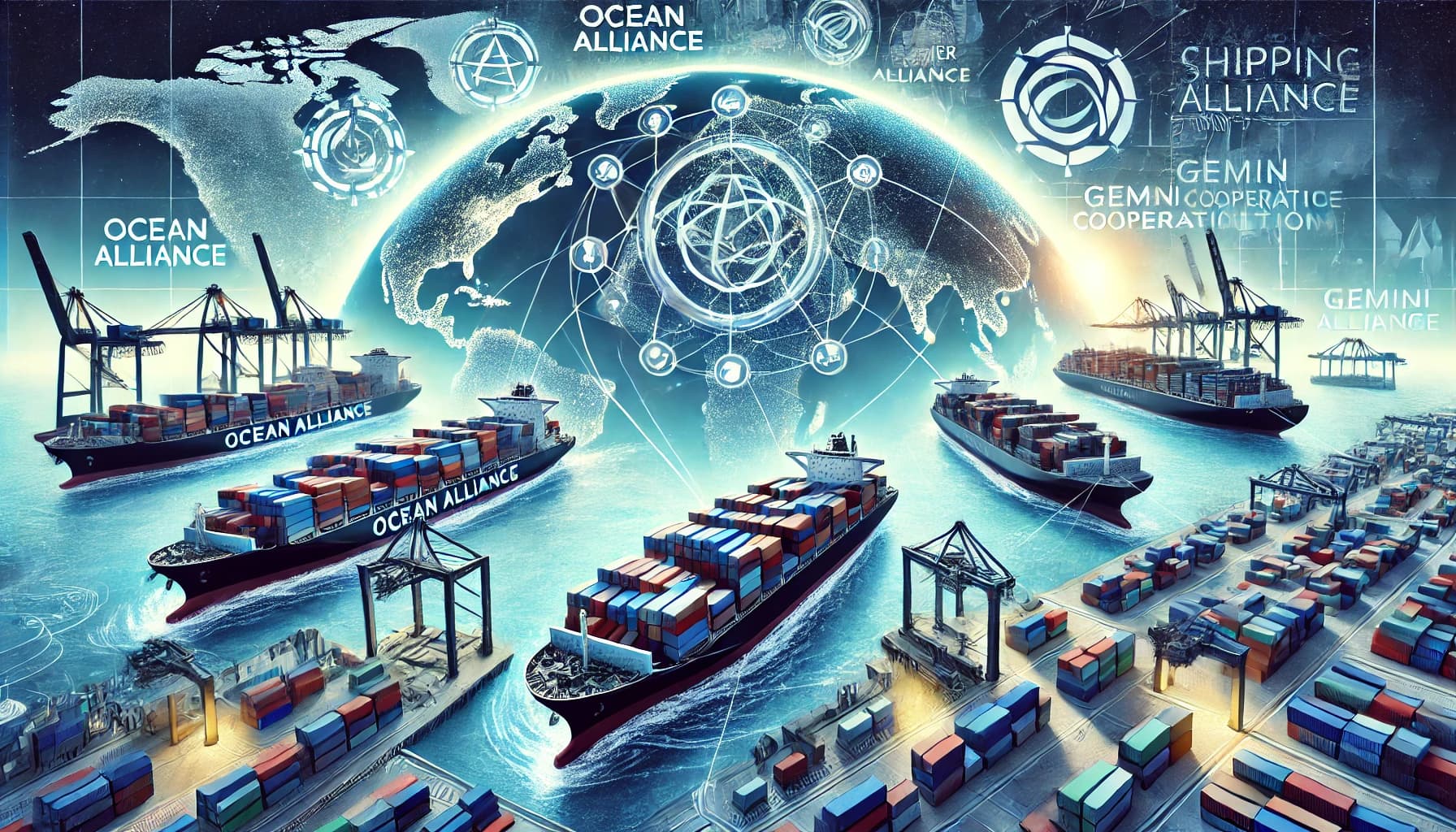Like most industries, the maritime industry is not alone in having unique terms, phrases and acronyms that apply to vessels, technical equipment, machinery, navigation, seafarer jobs and all the other aspects of shipping. In this post we’re going to take a look at two of them: port and starboard.
First of all, it’s important to understand that life at sea, in particular in the merchant navy / merchant marines, can be a dangerous one. Container and cargo ships, bulk carriers, chemical tankers and car carriers (to name just a few different merchant vessels) have a huge range of equipment and machinery onboard.
Add to that the unpredictability of the weather and the ocean, and you have a scenario in which information and orders must be delivered in a way that leaves no room for confusion.
Terms specific to the maritime industry must be unambiguous so that everyone working onboard the vessel - as well as in shore-based maritime jobs - is understood and understands exactly what is happening or expected to happen.
And that brings us to the meaning of port and starboard.
Why do ships use port and starboard instead of left and right?
The issue with using left and right onboard a ship is that it would constantly change depending on the direction the vessel was sailing in.

There’s also the problem of whose left or whose right is being referred to. There’s little to no room for error on a ship, and that goes for every marine craft from a small sailing dinghy to the biggest ship in the fleet, such as an Ultra Large Crude Carrier (ULCC.)
The point is, port and starboard never change, regardless of the vessel’s direction of travel and regardless of a seafarer’s orientation.
Port is always left and starboard is always right.
But why do sailors say port and starboard? What do these terms even mean and where did port and starboard come from?
What do the words port and starboard mean?
Chances are, you’re right handed. If not, and you’re a leftie, you’re around just 10 to 12% of the people in the world who are, according to research. Therefore, the majority of seafarers were, and are, right handed.
Now, in the past a ship was steered using a rudder which would be located on their center line. And because there were far more right handed mariners than left handed, the oar used to steer the rudder was placed over or through the right side of the stern.
Hence, the right side of the vessel became known as the steering side.
So how did ‘steering side’ become ‘starboard’?
It’s back to the past again: the word ‘starboard’ is a portmanteau - or a combination - of two other words.
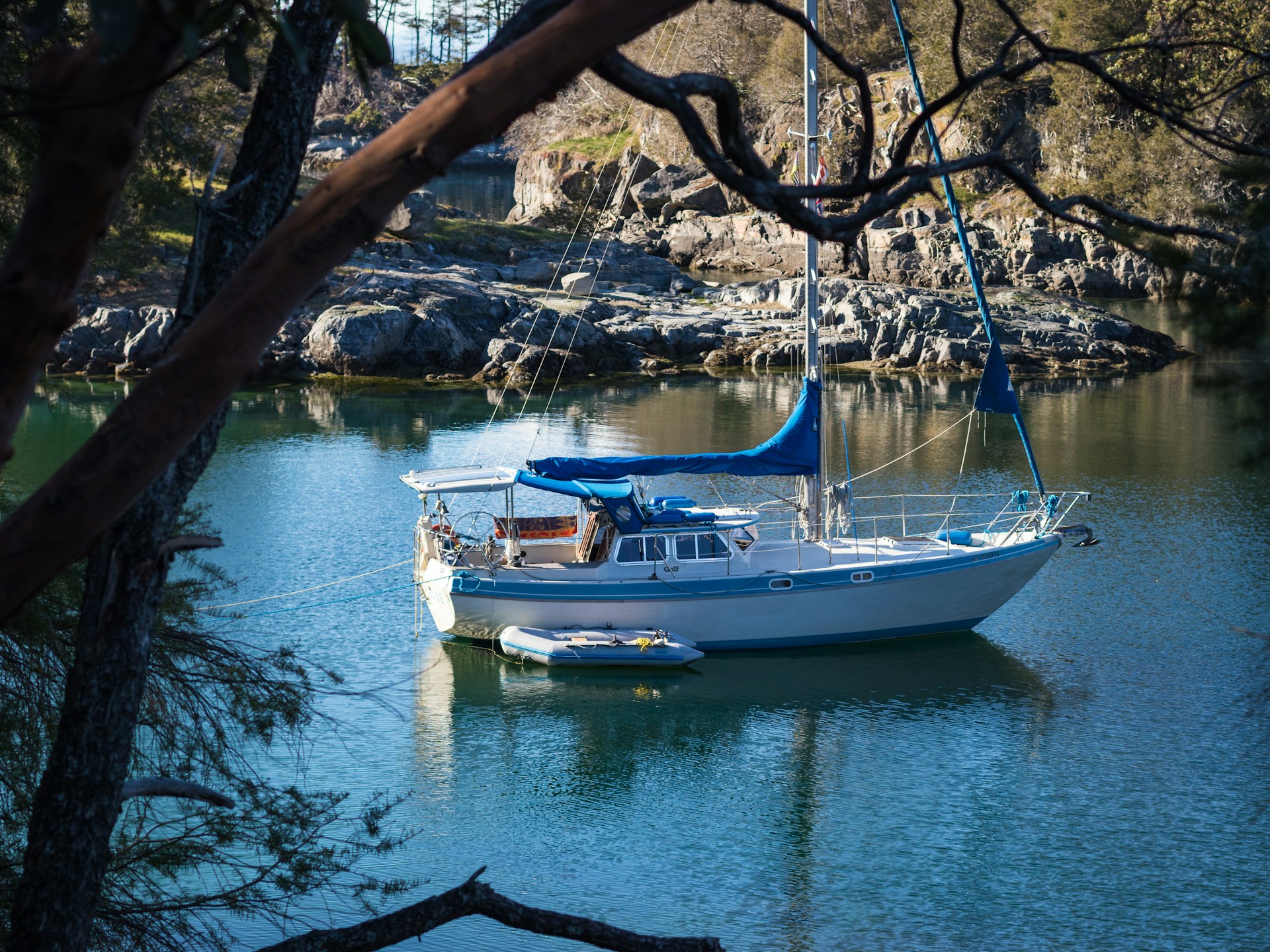
The old word for ‘steer’ used to be ‘stéor’ while ‘bord’ referred to the side of the boat. Thus the word stéorbord was born which, over time became, starboard.
Meanwhile, the opposite side of the vessel, the left side, was referred to as the ‘larboard’ side. Clearly this wasn’t very effective in cutting down on confusion because of the similar sounding words - especially given the often noisy conditions at sea.
Why larboard and not something different from the start? This was because the old English word for the left hand side sounded similar to ‘backboard’ - mariners on larger vessels would have their back to the left side of the vessel when steering her.
Over time, backboard became ‘laddebord’ in reference to it being the side of the ship on which cargo was loaded. Laddebord morphed into ‘larboard’ and thus confusion often ensued!
So, a new and distinctive word was needed to describe the left hand side of the vessel which is where ‘port’ comes in.
The left side of a ship became known as port because vessels would dock at a port on the opposite side of the starboard side. i.e. the port side. The reason for this was so the dock or wharf wouldn’t get in the way of the steering of the ship on her starboard side.
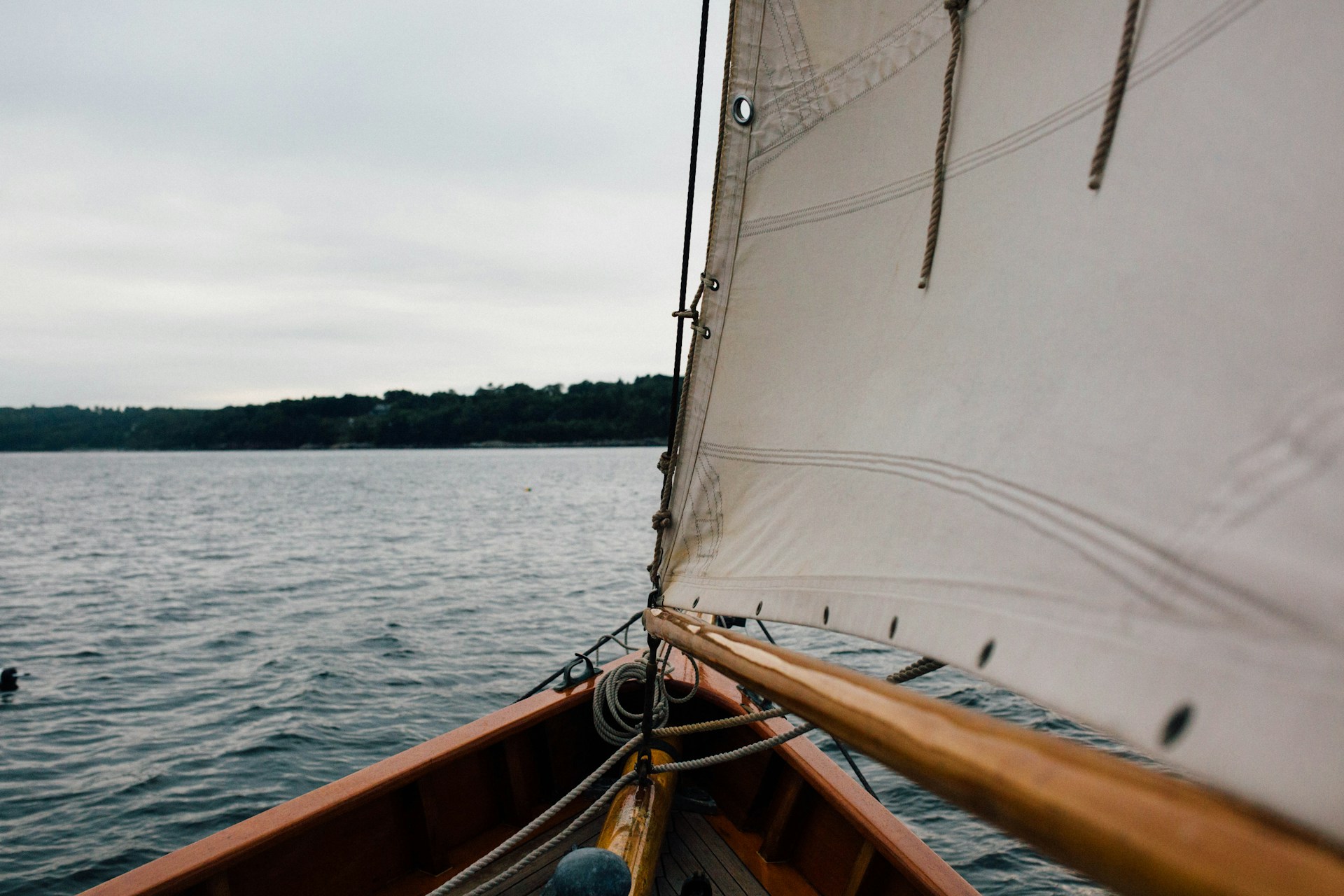
How do you remember which is port and which is starboard?
Whether ships are sailing, docked or anchored at night or in poor weather with low visibility they must display lights.
The port and starboard lights are red and green respectively and are illuminated on the side of a vessel. Hence their name, sidelights - also sometimes referred to as combination lights.
But how do you remember whether port or starboard is left or right or red or green?
One easy way to remember is to think of the phrase ‘Is there any more red port left?’ Even if port isn’t your favorite alcoholic drink, this is a handy way of recalling port and starboard!
Red = the color of the sidelight used on the port side of a vessel - which is left!
That way you can easily remember that starboard is right and has a green sidelight.

Where does the word 'posh' come from?
Okay bear with us a moment - we know this might sound like a complete change of subject! But if you’ve never heard this story before, we think it’s worth including as it’s a fun one.
Posh - a very British word meaning fancy or high class and usually used to describe people who are wealthy, or expensive restaurants or hotels - is said to stem from ocean travel.
Now it’s been noted that there isn’t really any hard evidence for this but, so the story goes, when the (upper class) British began to travel between Britain and India in the colonial era, the most desirable cabins were the ones that didn't overheat in the hot afternoons.
And these cabins were on the port side going out and on the starboard side for the return journey back to Britain. These were the most in demand tickets and they were (allegedly) stamped with the letters POSH - meaning Port Out Starboard Home.
What is the port and starboard rule?
Okay, back to sailing!
You may have heard of the port and starboard rule and if so might be wondering exactly what it is.
Much as road traffic (and air traffic too) operates on a right of way system, so too do watercraft. The oceans may be vast and appear to have plenty of room for everyone but rights of way are still necessary.
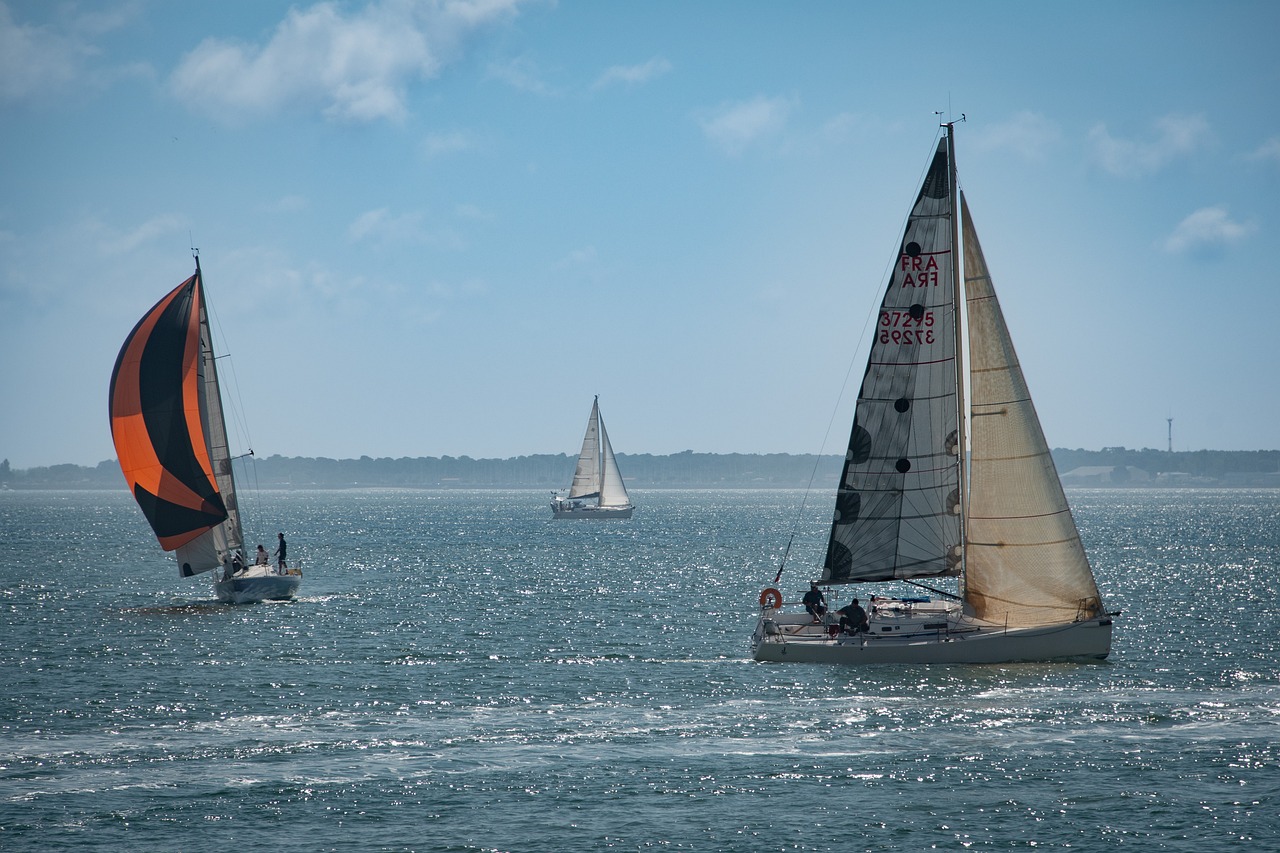
The port and starboard rule states that the vessel which has the wind on her starboard side has the right of way. Therefore the ship which has the wind on her port side must give way.
If both boats have the wind on their same sides the ship that is upwind (also known as windward) should be the one to give way.
Why do boats use port and starboard: conclusion
Wondering why ships use port and starboard instead of left and right? We hope we’ve cleared that up for you with this blog post!
Meanwhile if you want to find out the meanings behind other maritime terms and nautical phrases, take a look at our shipping glossary which has plenty of useful words and acronyms to take a deep dive into!

Eve Church
Eve is Martide's content writer, publishing regular posts on everything from our maritime recruitment and crew planning software to life at sea. Eve has been writing professionally for more than two decades, crafting everything from SEO-focused blog posts and website landing pages to magazine articles and corporate whitepapers.
UK

is the only site for maritime jobs
